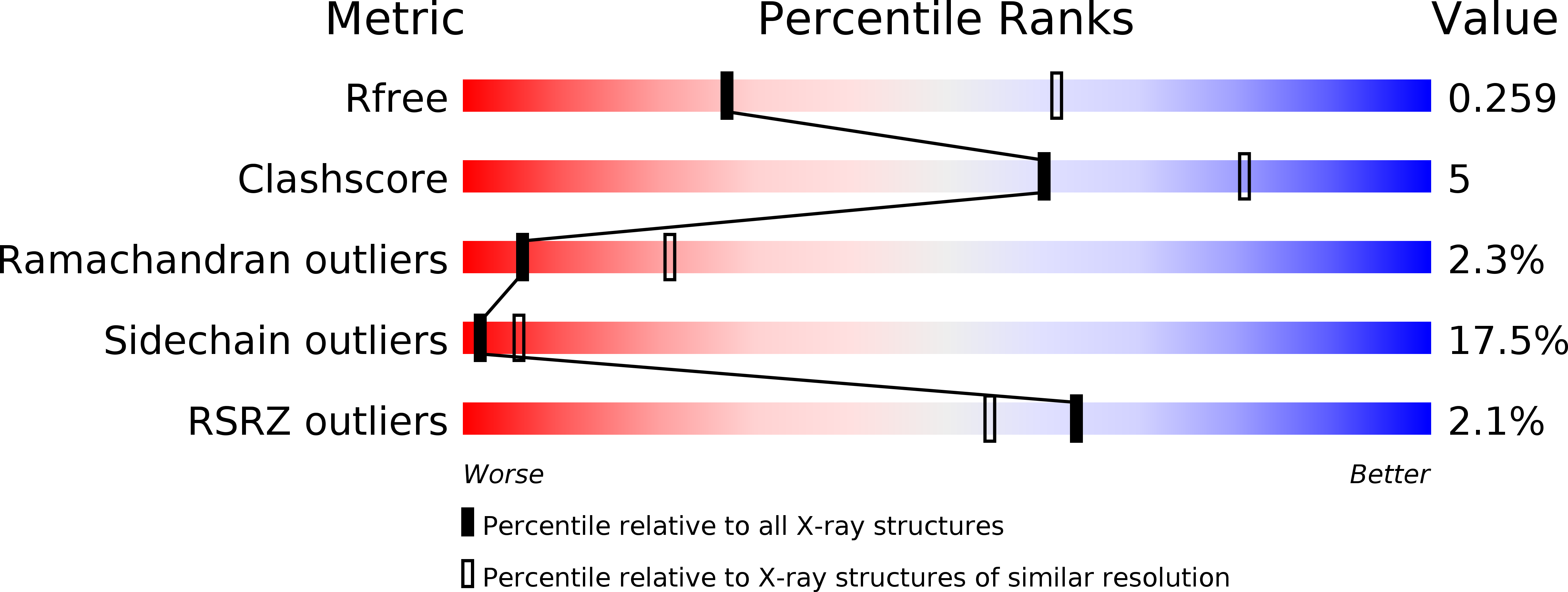
Deposition Date
2004-07-10
Release Date
2004-08-31
Last Version Date
2024-11-06
Entry Detail
PDB ID:
1TZI
Keywords:
Title:
Crystal Structure of the Fab YADS2 Complexed with h-VEGF
Biological Source:
Source Organism:
Mus musculus (Taxon ID: 10090)
Homo sapiens (Taxon ID: 9606)
Homo sapiens (Taxon ID: 9606)
Host Organism:
Method Details:
Experimental Method:
Resolution:
2.80 Å
R-Value Free:
0.25
R-Value Work:
0.21
R-Value Observed:
0.21
Space Group:
C 2 2 21


